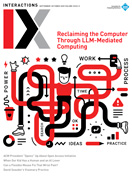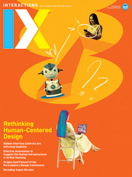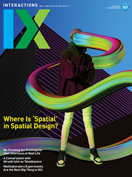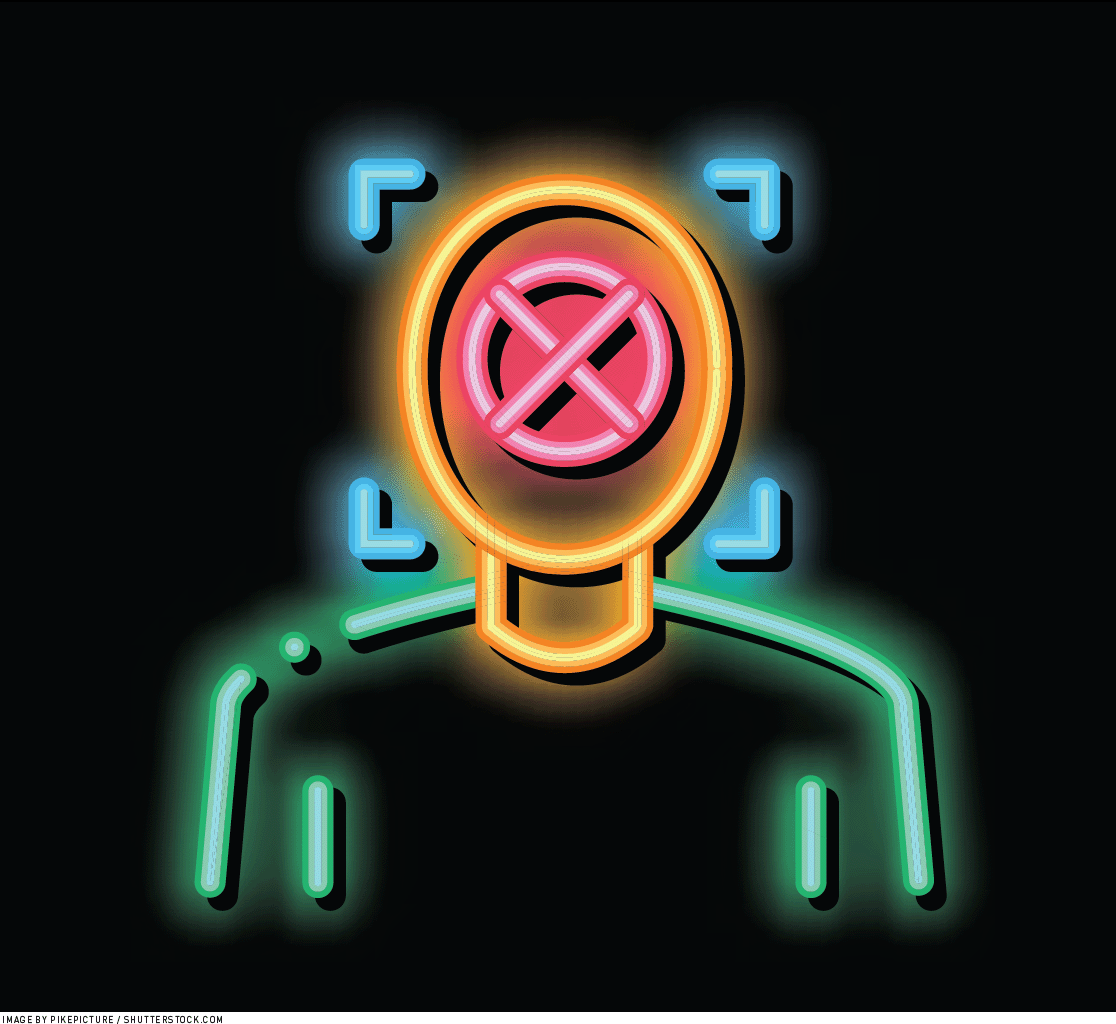Authors:
John Twomey, Cian O'Mahony, Conor Linehan, Gillian Murphy
Conspiracy theories are a set of explanations about the world where significant (and often negative) events are believed to be orchestrated by clandestine groups. Frequently emerging during periods of tragedy or ambiguity (e.g., the Covid-19 pandemic, the September 11 attacks) conspiracy theories are typically an attempt by individuals to find closure and meaning in these circumstances. This belief system operates as a framework through which individuals seek clear answers, providing them with a structured understanding of how the world functions. The content of conspiracy theories is influenced by advancements in media editing and production technologies. As far back as the first moon landing, conspiracies referenced Hollywood's visual effects advancements of the time (e.g., Stanley Kubrick's 2001: A Space Odyssey).
→ Novel media-editing tools, such as deepfake technology, are used to create misinformation and disinformation.
→ Designing interventions to challenge deepfake conspiracy theories is crucial.
→ Well-intentioned deepfake interventions may counterintuitively cause more harm than good by undermining trust in media.
More recently, conspiracy theories claimed that the Sandy Hook school shooting and the murder of George Floyd were carried out by paid actors and faked by using video production tools. There are also popular conspiracy theories that similarly argue professional body doubles and actors have replaced individuals such as Melania Trump and Avril Lavigne. The advent of deepfake videos gives agitators engaged in these types of conspiracies a new weapon to undermine people's ability to trust the veracity of video evidence.
Deepfake videos use deep learning to insert someone's image into a video, often saying things they never said. Deepfakes have the potential to be used in disinformation and misinformation campaigns—for example, spreading a deepfake video defaming a politician the night before an election—as well as more broadly to undermine trust in video evidence (e.g., voters disregarding real and credible evidence of a politician engaged in something nefarious and rejecting the video as a deepfake). Novel media-editing technologies, such as deepfake technology, may provide a valuable tool for conspiracy theorists who seek to discredit factual video evidence. The first notable incident of a deepfake conspiracy involved former Gabonese President Ali Bongo. Many people believed that he died after being hospitalized for a stroke in 2018. While official sources released videos that proved the president was alive and well, conspiracy theorists discredited the videos as being deepfaked or using body doubles. The conspiracies created political instability in the country and lead to a failed coup d'état.
Our past research on the use of deepfakes during the Russian invasion of Ukraine highlighted the harms of deepfake conspiracies [1]. Specifically, we found that some users questioned the validity of all war-related media after being exposed to deepfake and CGI educational content about the war. A wide range of deepfake-related conspiracies emerged during the conflict, with many claiming that world leaders were using deepfakes for various reasons. One such conspiracy theory, which was picked up by tabloids, said Russia's president, Vladimir Putin, was desperately ill and using deepfakes to hide his condition. The supposed evidence for this theory—a video of Putin's hand passing through a microphone at a meeting—was debunked as an artifact of Twitter compression.
Such theories will only become more popular as deepfake technology becomes more prevalent. In the time since we carried out that research, a video of former U.S. President Joe Biden has also been falsely labeled a deepfake. The supposed evidence for the accusation was that the Biden "deepfake" did not blink (17 seconds between blinking is not impossible and there was also a cut within the video). The conventional wisdom around identifying deepfakes is undermining real information, and this needs to be considered in deepfake research.
 Conspiracy Interventions: Avoiding a Backfire
Conspiracy Interventions: Avoiding a Backfire
Our research team reviewed 25 studies that analyzed the efficacy of conspiracy theory interventions and found the majority were not successful [2]. Some interventions, however, did produce medium to large effects in reducing belief in conspiracy theories. These interventions mainly focused on preventative measures, such as priming participants to engage conspiracies with an analytical mindset or debunking conspiracy theories preemptively, before participants were exposed to them.
One intervention was effective in reducing a wide range of counterfactual beliefs by enrolling participants in a pseudoscience university class. Students were encouraged to both make arguments for various counterfactual beliefs and to actively evaluate those beliefs with the skills they learned in class. This group was compared to a standard research methods class. At the end of three months students in the pseudoscience class believed in significantly fewer conspiracy theories than those in the research methods class [3].
It is important that interventions for deepfake conspiracies reduce people's susceptibility to fabricated media without making them overtly skeptical of real media.
These findings highlight the importance of teaching explicit skills to analyze misinformation that people can put into practice, in contrast with peripheral knowledge that is passively consumed. Furthermore, previous interventions addressing misinformation have highlighted the importance of active interventions, as they motivate participants to be more inclined in the future to apply what they have learned. Importantly, the review also highlighted the many ways in which conspiracy interventions may actually increase belief in conspiracies, as several of the interventions identified in the review resulted in a backfire effect. Evidence of this effect has also been found in a handful of previous misinformation interventions, though some researchers argue the results are inconclusive.
 Deepfake Misinformation Interventions
Deepfake Misinformation Interventions
Current attempts to design interventions for deepfake misinformation have focused primarily on improving the ability of individuals to identify deepfake videos. As the quality of deepfake videos improves and other novel AI-generated media becomes more prevalent, however, the type of knowledge needed to recognize them will also change. There is already a so-called arms race between the technology that identifies deepfakes and one that generates them. As illustrated by the Biden and Putin examples, a layperson's understanding of deepfake features (e.g., the absence of eye blinks) can be incorrect or outdated, and it can be used to discredit real media.
The erosion of trust in media is fundamental in predicting deepfake harms. Indeed, "the liar's dividend" theorizes that, as fake videos become more prevalent, individuals will use public skepticism to cast doubt on real media. The awareness of deepfakes alone may be enough for people to lose trust in real media and for the political process to become destabilized. Thus, counterintuitively, education around the harms of deepfakes may actually increase belief in misinformation. Similarly, when people who are highly concerned about deepfakes accidentally share a video that includes them, they tend to become highly skeptical of all news media. The public's decreasing trust in the validity of real media may be as harmful as people believing deepfake media.
Research has shown that exposure to false labeling of real videos as deepfakes may undermine authentic political speech [4]. A similar phenomenon was observed when researchers tested fake news interventions. Such interventions attempted to reduce participants' susceptibility to misinformation, but they resulted in participants rejecting both factual information and misinformation. As a result, we argue it is important that interventions for deepfake conspiracies reduce people's susceptibility to fabricated media without making them overtly skeptical of real media.
Many deepfake interventions have focused on teaching people how to identify fake videos and not how the interventions may damage the veracity of real videos. Rashid Tahir and colleagues conducted research [5], showing one real video and three deepfakes to two groups of participants. One group was given a specialized training that walked them through specific examples of deepfakes and highlighted the features used by detection algorithms. Tahir and his colleagues found that, while the training increased the treatment group's ability to detect deepfakes significantly, it also reduced their ability to correctly identify real media by 9 percent.
Further evidence comes from research carried out by the MIT Media Lab, which found that, by the end of a deepfake detection test, participants were both 18 percent better at detecting deepfakes and 18 percent worse at identifying real videos [6]. In a test where half the media is fake and the other half is real, an increase in both identifying and misidentifying deepfakes does not affect overall measures of accuracy. In real-life information environments, however, where deepfake videos are not as prevalent as real media, increasing the amount of people who do not trust real media is disproportionately dangerous. Importantly, both pieces of research measured the false positives (people accusing real media of being fake), which is a good practice in misinformation research and needs to be more common when evaluating the efficacy of deepfake interventions.
 What Should a Deepfake Conspiracy Intervention Look Like?
What Should a Deepfake Conspiracy Intervention Look Like?
We have already shown how the current interventions for deepfakes and conspiracies have significant limitations. The harms of deepfakes increase with the awareness of technology. The use of strategies such as inoculations and priming to deal with conspiracy theories may, counterintuitively, increase skepticism of real videos. To avoid this, we recommend that interventions for deepfake conspiracies be designed with the following principles in mind.
Consider the disproportionate impact of false positives and/or negatives. Interventions should consider the social impact of false positives and negatives. If a deepfake intervention causes some individuals to be overly skeptical of real media, then it is a poor intervention (assuming there is more real information in the media ecosystem than fake).
Focus on decision making over identification. Interventions should avoid treating deepfake susceptibility dichotomously, overly focusing on getting people to make snap judgments about whether something is a deepfake. The goal of deepfake interventions should not be to turn people into machines that can easily identify media as deepfake or real. Rather, interventions should encourage healthy suspicion of media and focus on how people treat suspected mis/disinformation.
Consider the effects of deepfake prevalence. Future interventions need to question the extent to which they carry information about prevalence. It is important to consider whether it is wise to train people on deepfake interventions using an equal number of deepfake and non-deepfake videos. This does not reflect the current media environment.
Design for implementation. Interventions should be designed with practical, real-world implementation in mind. Previous research has highlighted that many effective conspiracy interventions could not be realistically applied to settings outside a laboratory environment.
Measure effects over time. Interventions should assess whether the effects they induce persist over time. It is important to establish whether both positive and negative effects will last longer than a few minutes—something that is lacking in current deepfake and conspiracy theory research.
Encourage motivation to apply learned skills. Interventions should aim to motivate participants to sustain the use of the skills and tools acquired during the intervention. As such, future experiments should measure this motivation as an indicator of the participants' likelihood to persist in applying these skills and tools to potential deepfake content.
Deepfakes pose a threat to trust in the veracity of video information. Deepfake conspiracies provide a unique use case of the AI technology in misinformation, and we believe they require unique solutions. Existing deepfake interventions have counterintuitively increased the likelihood of participants misidentifying real media as deepfake. It is imperative to not only teach how to identify deepfakes but also how not to misidentify real videos as fake. As deepfake technology develops and becomes more accessible and prevalent, and many well-intended interventions and educational initiatives are launched, researchers must remember our guiding principle: Do no harm.
This article was developed from research conducted with the financial support of Taighde Éireann—Research Ireland under grant number 13/RC/2094_2 and the Google Online Content Safety Scholarship under the Irish Research Council's Enterprise Partnership Scheme (grant number: EPSPG/2021/212).
1. Twomey, J., Ching, D., Aylett, M.P., Quayle, M., Linehan, C., and Murphy, G. Do deepfake videos undermine our epistemic trust? A thematic analysis of tweets that discuss deepfakes in the Russian invasion of Ukraine. PLOS One 18, 10 (2023), e0291668; https://doi.org/10.1371/journal.pone.0291668
2. O'Mahony, C., Brassil, M., Murphy G., and Linehan, C. The efficacy of interventions in reducing belief in conspiracy theories: A systematic review. PLOS One 18, 4 (2023), e0280902; https://journals.plos.org/plosone/article?id=10.1371/journal.pone.0280902
3. Dyer, K.D. and Hall, R.E. Effect of critical thinking education on epistemically unwarranted beliefs in college students. Research in Higher Education 60, 3 (2019), 293–314; https://doi.org/10.1007/s11162-018-9513-3
4. Hameleers, M. and Marquart, F. It's nothing but a deepfake! The effects of misinformation and deepfake labels delegitimizing an authentic political speech. International Journal of Communication 17 (2023), 6291–6311.
5. Tahir, R. et al. Seeing is believing: Exploring perceptual differences in deepfake videos. Proc. of the 2021 CHI Conference on Human Factors in Computing Systems. ACM, 2021, Article 174, 1–16.
6. Groh, M., Epstein, Z., Firestone, C., and Picard, R. Deepfake detection by human crowds, machines, and machine-informed crowds. Proc. of the National Academy of Sciences of the United States of America 119, 1 (2022), e2110013119; https://doi.org/10.1073/pnas.2110013119
John Twomey is an HCI researcher in the School of Applied Psychology at University College Cork. His current work, which is funded by Lero, the Research Ireland Centre for Software, focuses on the use of deepfakes and their impact on individuals and society. [email protected]
Cian O'Mahony is a post-doctoral researcher in the School of Applied Psychology at University College Cork, where he is studying the psychology of conspiracy beliefs and how games can be used to teach critical thinking skills. This work is funded by Lero, the Research Ireland Centre for Software. [email protected]
Conor Linehan is a senior lecturer in the School of Applied Psychology at University College Cork, where he is a member of the People and Technology research group. His research expertise lies in human-computer interaction, focusing on the design and evaluation of technology that supports education and health behaviors. He has a strong interest in how games and gamification can be useful in these contexts. [email protected]
Gillian Murphy is a senior lecturer in the School of Applied Psychology at University College Cork. Her research explores cognitive processes in applied settings, in particular misinformation, memory distortion, and attention failures. [email protected]
 This work is licensed under Creative Commons Attribution International 4.0.
This work is licensed under Creative Commons Attribution International 4.0.
The Digital Library is published by the Association for Computing Machinery. Copyright © 2025 ACM, Inc.







Post Comment
No Comments Found